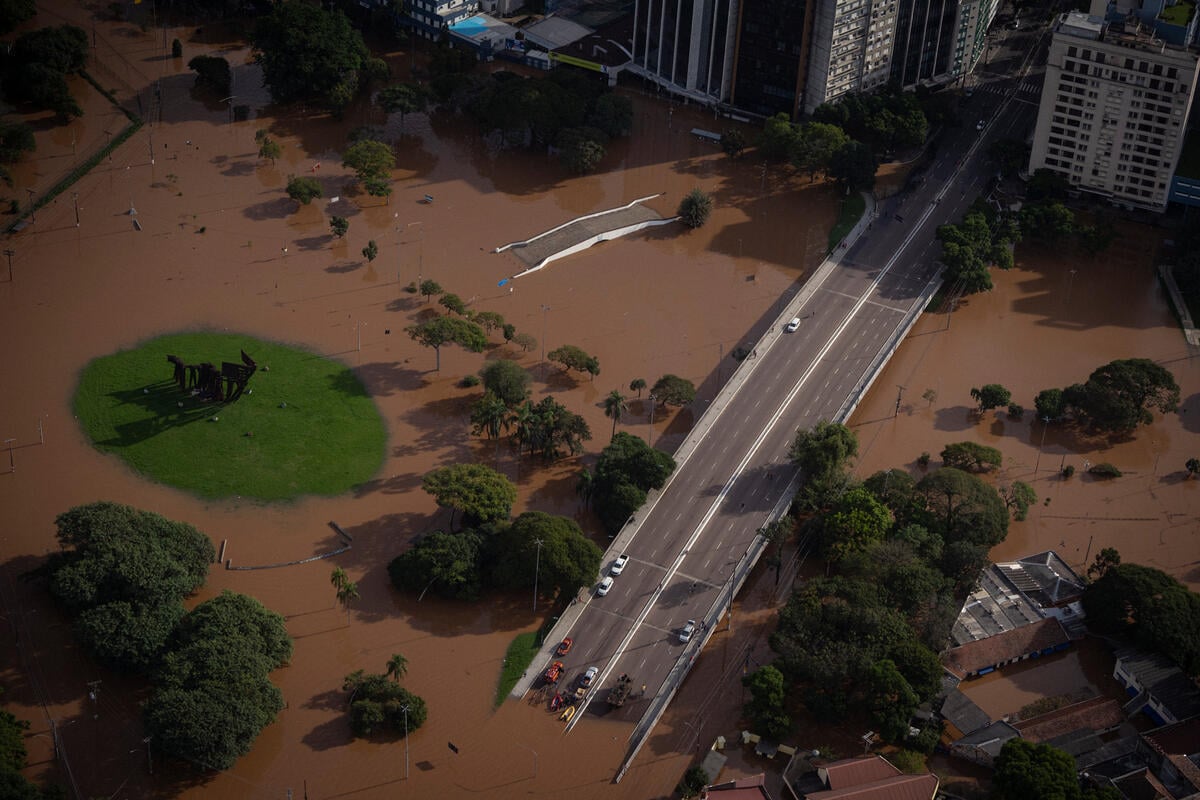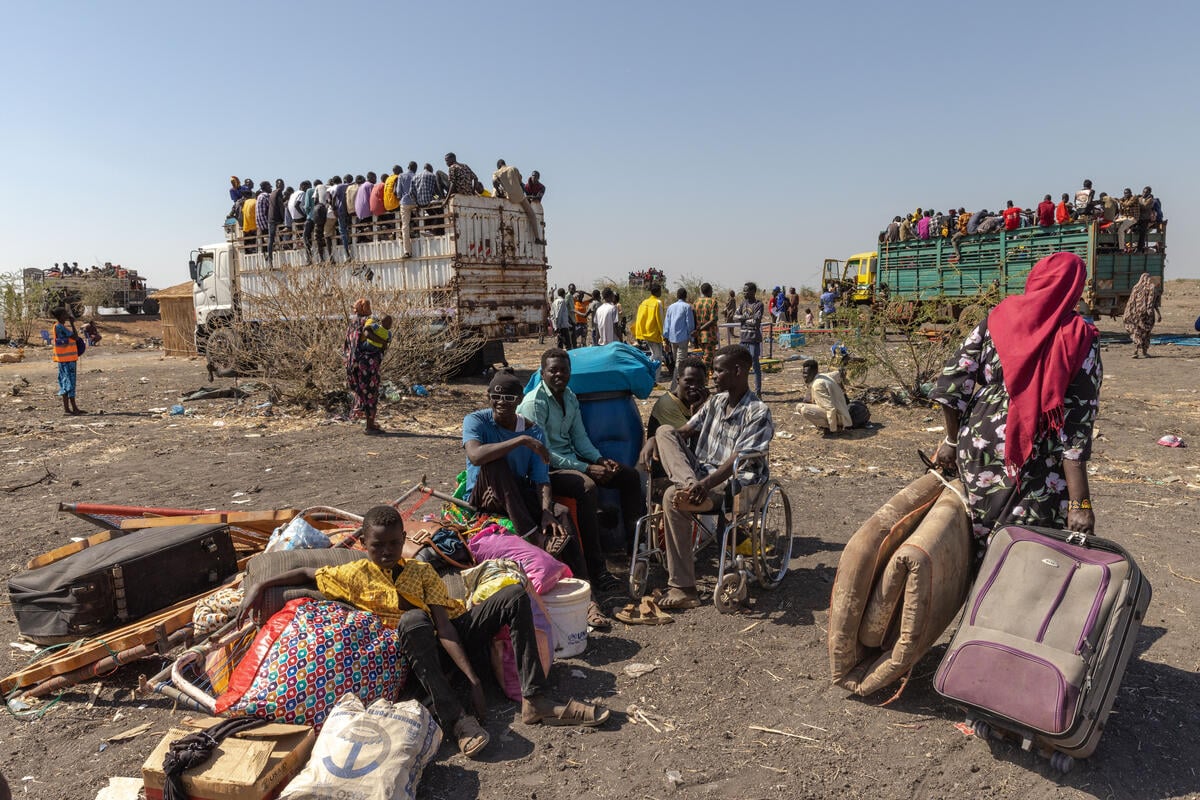UNHCR leads initiative to help displaced Afghans home
UNHCR leads initiative to help displaced Afghans home

A returnee from Kabul runs one of the few opened shops in Estalef village in the Shomali Plain.
KABUL, Afghanistan, May 3 (UNHCR) - Thousands of displaced Afghans are returning to villages they fled due to the combined effects of war and drought. But much more needs to be done to reach out to a bigger section of the over 1 million-strong population of internally displaced persons (IDPs) in Afghanistan.
UNHCR is spearheading efforts to help displaced Afghans return home, and plans to assist up to some 400,000 Afghan IDPs home this year.
The UN refugee agency is in the midst of a country-wide effort to register displaced Afghans, collect information on their home areas and organise return programmes with the Ministry of Repatriation, together with partners like the International Organization for Migration (IOM) and German NGO GTZ.
Already some 150,000 displaced Afghans have gone home with the support of UNHCR and IOM. Another estimated 400,000 are believed to have spontaneously returned to their villages since the fall of the Taliban last year.
This week, UNHCR and IOM organised the first major movement from Kabul to Bamiyan in central Afghanistan. Some 500 ethnic Hazaras who were forced to flee to Kabul in recent years have been transported home to Bamiyan in recent days.
In a survey carried out in Kabul in March, some 150,000 displaced Afghans - from virtually every province of the country - expressed the desire to return home. Earlier in the year, some 15,000 persons were assisted in returning to the Shomali Plain from the ex-Soviet embassy compound in Kabul under a joint UNHCR-IOM operation.
UNHCR has also moved more than 5,500 displaced Afghans from Hesar Shahi camp near Jalalabad back to their villages in Nangarhar, Laghman and Kabul provinces. Hesar Shahi has been home to more than 24,000 IDPs for the last three years.
Finding a durable solution for the 400,000 IDPs in southern Afghanistan is one of the biggest challenges facing the humanitarian community.
Beginning next week, UNHCR and GTZ will start to repatriate some of the 40,000 IDPs living in five makeshift camps near the southern border post of Spin Boldak.
The majority of Spin Boldak's displaced Afghans may not be able to return home soon, among them many ethnic Pashtuns who were forced from their homes in northern Afghanistan earlier this year, and Kuchi nomads who lost everything in the devastating drought that has ravaged the region.
The UN refugee agency plans to shift any of Spin Boldak's Afghans who are not able to return home to new camps near the provincial capital at Kandahar.








